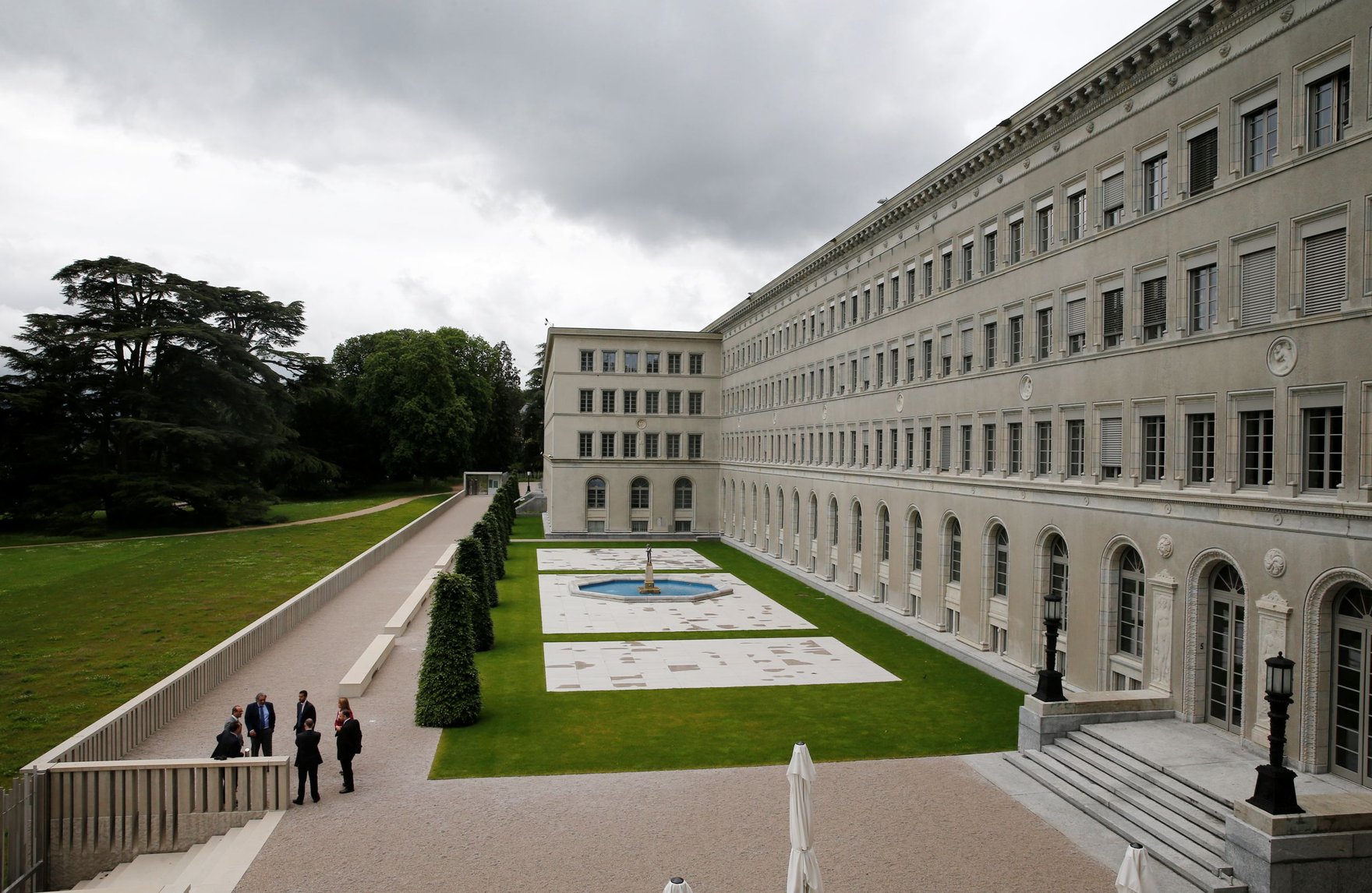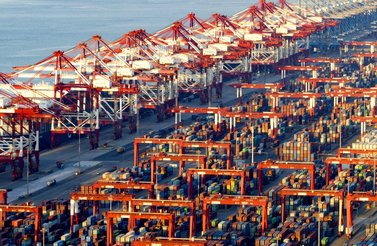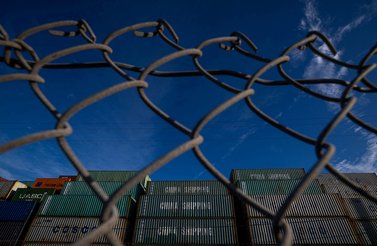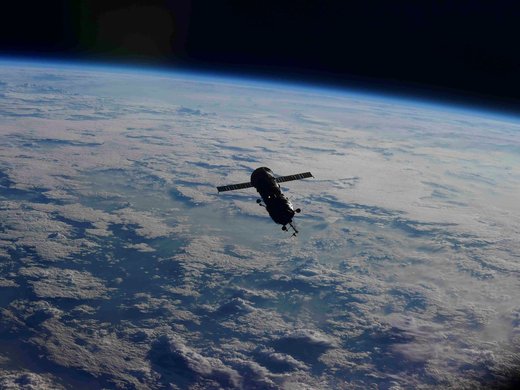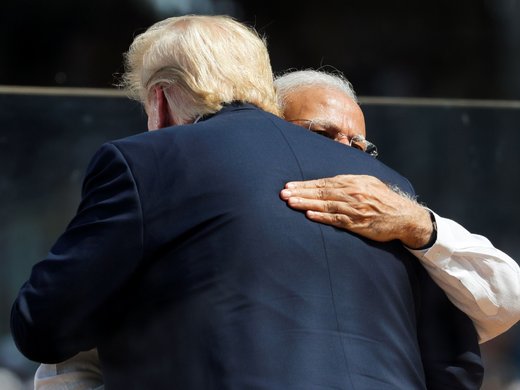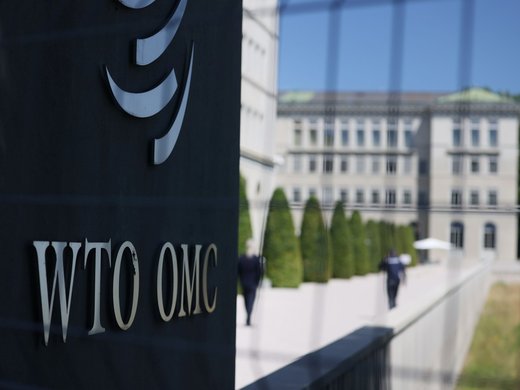President Donald Trump’s program of “reciprocal” tariffs could deliver a fatal blow to the rules-based trading system that the World Trade Organization (WTO) is meant to uphold. Yet it would be unfair to suggest that Trump is bulldozing a well-functioning institution.
The rules-based trading order and its guardian, the WTO, have been breaking down for a long time. Trump’s reciprocal tariffs may force WTO members to confront a “reform or die” dilemma they have been dodging for too long.
Decision-Making Paralysis
Reviving the WTO will undoubtedly require tackling entrenched institutional dysfunction. A good place to start is the WTO’s decision-making process. Formally, all WTO members are deemed to be equal in rights and obligations. Each country gets one vote, regardless of its share of global trade. In practice, to avoid the political cost that a one-country-one-vote system might impose on large economies, decisions are taken by consensus. But, in today’s fractured geopolitical climate, reaching consensus is harder than ever.
With the collegial spirit of the past gone, and geopolitics turning zero-sum, the perceived right to block consensus has become a recipe for paralysis.
During the old days of the WTO’s predecessor, the General Agreement on Tariffs and Trade, consensus was often brokered through informal closed-door gatherings near the director-general’s office. Key trade powers and a few other influential members hammered out deals and decisions were later shepherded through the broader membership.
Eventually, the backlash from excluded countries led to the abandonment of this approach. In its place the WTO adopted a more “democratic” but utterly dysfunctional practice: every member behaves now as if it has the right to block consensus. With the collegial spirit of the past gone, and geopolitics turning zero-sum, this perceived right has become a recipe for paralysis.
Who Is Driving the WTO?
To make matters worse, ambassadors to the WTO are firmly wedded to the idea that the WTO is, and should remain, a “member-driven organization.” This reassures them that WTO management and its secretariat staff should never take independent initiatives. But while all intergovernmental organizations are ultimately driven by their member countries, what makes the WTO unique — and uniquely paralyzed — is the belief that only governments can propose initiatives. WTO management and the secretariat staff are relegated to preparing reports — when, and only when, members agree to commission them.
The United States once the WTO’s chief architect and, until recently, guarantor of the rules-based trading system, has become its main disruptor. China now claims to defend that multilateral system, but its state-led capitalism — an oxymoron if ever there was one —clashes with rules premised on private actors pursuing commercial, not political, goals. The European Union remains mostly a strong supporter of trade liberalization, but it is hampered by internal disputes among its 27 members, some of whom are politically closer to Washington than Brussels.
Meanwhile, some self-appointed leaders of the Global South, notably India, have proven more adept at blocking trade liberalization and WTO reform than at advancing it.
The result? No one is at the wheel.
In this vacuum, the practice of handcuffing the secretariat and its director-general has exacerbated the WTO’s drift. And yet nothing in the WTO agreement prevents Director-General Ngozi Okonjo-Iweala from tabling reform initiatives. The only barrier is the erroneous belief that “member-driven” means “management-silent.”
Outdated Practices and the “Developing Country” Loophole
Beyond leadership paralysis, several outdated WTO practices actively undermine its ability to adapt to changing trade realities. A glaring example is the treatment of “developing countries.”
Roughly two-thirds of WTO’s 166 members self-declare as developing economies, which entitles them to “special and differential treatment” (S&DT). These provisions grant them longer timelines and less ambitious commitments — reasonable concessions for countries with limited fiscal capacity to cushion the disruptive effects of trade liberalization, such as an often initial surge in unemployment from uncompetitive industries and dislocated capital.
However, at the WTO, any country can claim “developing” status indefinitely. There are no graduation criteria and no mechanisms to assess when a country is ready to assume full trade responsibilities.
Many large emerging market economies, such as those in the Group of Twenty, have very competitive exporting industries, yet they still cling to the S&DT crutch. This has prompted developed countries to dilute the S&DT benefits, ultimately prejudicing truly disadvantaged countries.
The absence of any incentives or mechanism to encourage countries to graduate from developing status or to at least exempt their most competitive sectors from preferential treatment has hindered the WTO’s capacity to launch new trade rounds and modernize its rules.
The China Challenge
Perhaps the most intractable problem is how to reconcile WTO members’ rights to shape corporate governance with the system’s foundational assumption: that trade is driven by private actors seeking profit, not political goals.
Shining a light on state influence would allow WTO members to understand when and how governments are swaying corporate behaviour and buttressing their balances.
China’s brand of capitalism — where the boundary between state and private enterprise is porous — raises serious concerns. The Chinese Communist Party’s presence in corporate boardrooms fuels suspicions of state control of private enterprise, in addition to unresolved concerns over hidden subsidies, state credit guarantees and regulatory favouritism. Thus, when G7 leaders call for WTO reform, China hears demands for China to reform.
But pretending to be able to impose Western-style shareholder capitalism through WTO rules is totally unrealistic. Beijing will not abandon its model, especially not while Western governments are becoming more interventionist. Instead, a revitalized WTO could promote transparency by tightening subsidy and notification rules. Shining a light on state influence would allow WTO members to understand when and how governments are swaying corporate behaviour and buttressing their balances.
Dispute Settlement: Important, but Not First Priority
No revival of the WTO can be complete without restoring its dispute settlement function. The Appellate Body has been non-functional since 2016, after the United States began blocking appointments over long-standing concerns about judicial over-reach.
This is a tough nut to crack, and one that should only be addressed after there is agreement on how to update and reform some of the other substantive disagreements on WTO governance. There is little point in debating how to interpret outdated or disputed rules before agreeing on what those rules should be.
A Path Forward
Rebuilding trust in the WTO begins with dismantling the dysfunctional practices that perpetuate dysfunction. A good first step would be reinterpreting the notion of consensus — not as requiring unanimous support, but a qualified majority.
One option could be establishing a double majority rule to ascertain “consensus.” For instance, initiatives supported by at least 65 percent of WTO members representing 75 percent of world trade could be deemed as consensual.
The bilateral deals that many trade ministers are pursuing in Washington are likely to violate WTO’s most-favoured-nation (MFN) principle, as whatever concession they secure will surely not be extended to all other WTO members.
A pragmatic solution would be to adopt a temporary MFN “peace clause” through the next ministerial conference, scheduled for March 26–29, 2026. This clause would allow countries to negotiate deals with the United States without being challenged at the WTO, while giving the WTO’s chief time to coordinate broader negotiations — ideally under GATT Article XXVIII, which permits modification of tariff commitments alongside compensation talks. Failing agreement, affected exporters could withdraw equivalent concessions.
In 2012, Mario Draghi, then president of the European Central Bank, quelled a euro area crisis with a simple but powerful statement: “The ECB is ready to do whatever it takes to preserve the euro. And believe me, it will be enough.” The WTO now faces its own “whatever it takes” moment. Its leadership must step up and countries committed to a cooperative trade order must form a coalition with like-minded others and summon the courage to act.
If they don’t, a chaotic deals-based disorder will quickly replace the remnants of an already-eroding, dysfunctional rules-based system.
This article was first published by the Hinrich Foundation; a version appeared also in the Official Monetary and Financial Institutions Forum.
